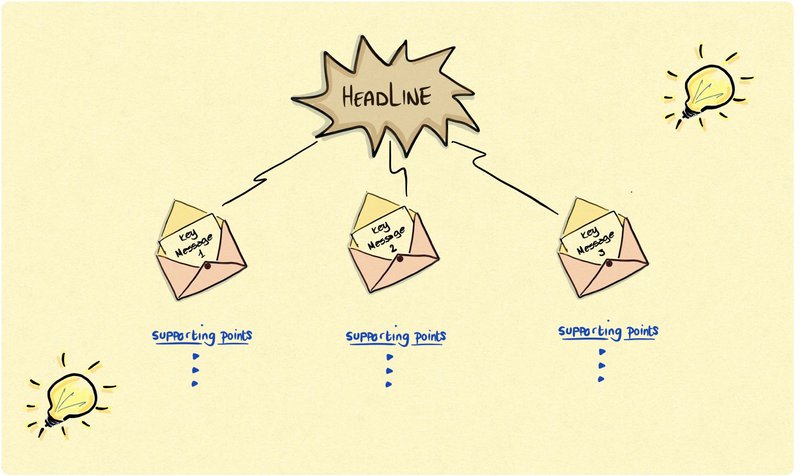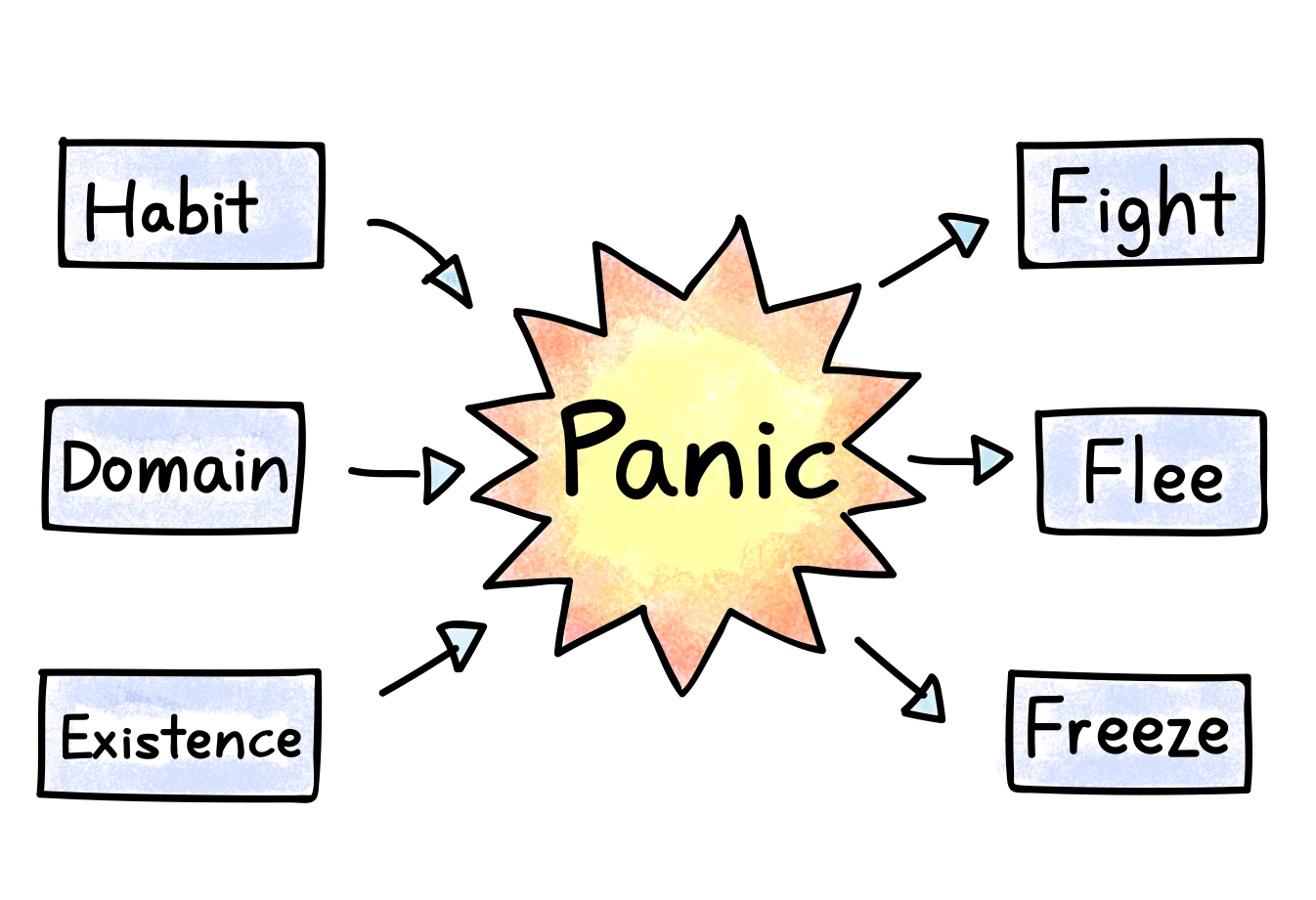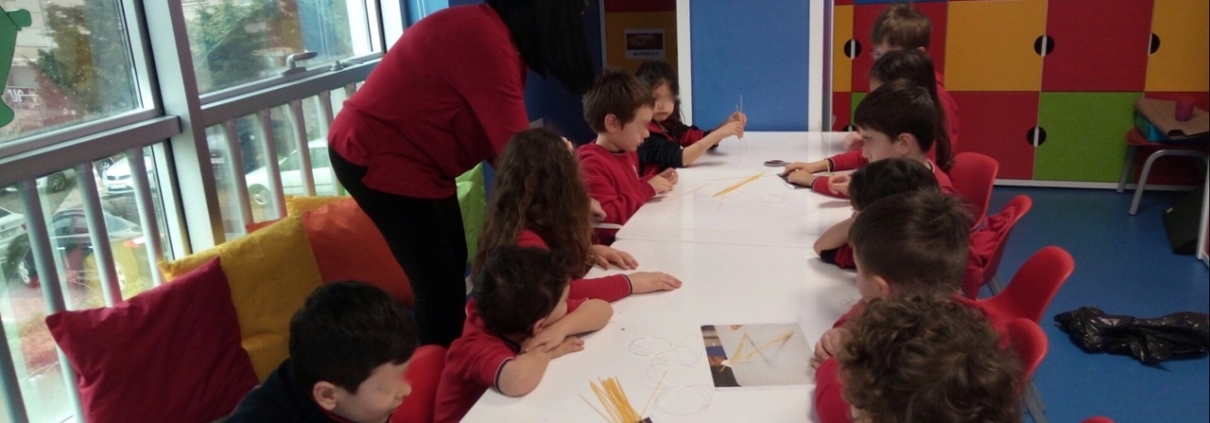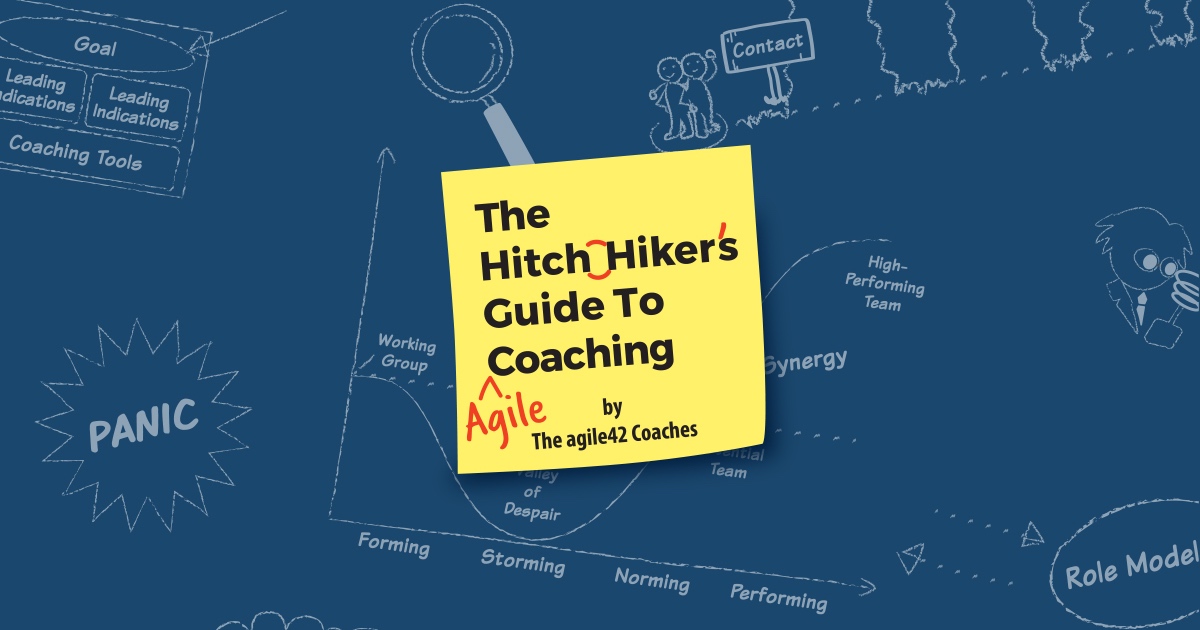The secret to a great talk
I have been part of the Agile Africa organising committee for a couple of years now responsible for speaker coaching. I have loved every minute of it because I have had the opportunity to see speakers grow in confidence during the process.
Most of the speakers were new to conference speaking and a few were experienced. During these times I was reminded that we never stop learning, no matter how experienced we are.
After Joanne Perold’s awesome post on how to get your conference submissions accepted, this topic discusses what to do once your submission has been accepted.
This is a broad topic so I am going to split it into 3 sections:
- Crafting your talk,
- Presenting your talk, and
- Timing your talk.
Crafting your talk
The message map
Carmine Gallo suggests in his book Talk Like TED: The 9 Public Speaking Secrets of the World’s Top Minds a simple yet powerful way to structure your talk by using a message map.
All you need do is remember 3 things:
- create a Twitter-friendly headline – memorable and easy to tweet,
- keep it simple by breaking your talk into 3 key messages – more than this and people are bound to get confused,
- each key message has supporting points – remember not to have too many of these either.
The picture below shows how easy it is.

The rule of three
This is a powerful speechwriting technique that allows you to “express concepts more completely, emphasize your points and increase the memorability of your message.” (Andrew Lugan).
As a conference speaker, you need to make your message memorable, create passion, and stimulate discussion (see it in action here :-))?. Examples of the Rule of Three can be found in famous speeches throughout history, such as Barack Obama’s inauguration speech,
“we must pick ourselves up, dust ourselves off, and begin again the work of remaking America.”
So try this… group concepts or points that you want to carry across and be remembered long after you have left the stage, in threes.
In his book, Writing Tools: 50 Essential Strategies for Every Writer, Roy Peter Clarke says that “the mojo of three offers a greater sense of completeness than four or more. Use one for power. Use two for comparison. Use three for completeness, wholeness, roundness. Use four or more to list, inventory, compile, and expand.”
Presenting your talk
Be yourself, be real
The most important advice I ever received as a public speaker was to be myself. It can be tempting to want to imitate a speaker we admire. Unless you are an Oscar-winning actress aim to be real. When you do this your audience will connect with you. People will come to your talk because they’re interested in who you are and what you have to say. How you connect with them will determine if they stay…
Tell stories and use humour
People like stories, our brains are wired for them and become more active when we listen to them. Be they metaphoric or personal, using these to emphasise or illustrate points or concepts ensures that they are memorable. Good stories are powerful, simple and persuasive.
Stories paint a mental picture that invokes all of your audience’s senses – seeing it in their minds and feeling emotion – such that they connect with your content.
I have also found that to start with a story calms my nerves and hooks the audience in right from the start because it creates interest from the get-go.
Keep facts and stats to a minimum
These tend to overwhelm the brain and it’s a quick way to lose your audience. I’m not saying have no facts or stats – think about what you want your audience to take away and focus on delivering this in a memorable way – anchoring them with a story is a good idea. Infographics are also effective at presenting facts and stats – it’s a picture and easy for people to remember.
Timing your talk
You have a timebox in which to deliver your talk. Write a talk that allows time for questions. For example, if you are doing a 45-minute talk allow 10 minutes for questions – this means that you need to write a 35-minute talk. For a 60 minute talk allow 15 minutes for questions.
This also creates a buffer because there are other things that can go wrong on the day. I recently witnessed the following which caused the speakers to rush the ending and didn’t allow time for questions:
- the clicker didn’t work,
- the laptop and the projector were not compatible,
- the audience began asking questions during the talk (this is perfect – just plan for it in your timing, or tell your audience that you will take questions at the end).
Work with a timekeeper – get the MC, facilitator or a friend to give you hand-signals or hold up coloured cards when you reach certain time thresholds.
And a couple of final tips
End on a high note and what’s the takeaway?
A lot of good presentations fizzle out at the end. This could contribute towards a recency bias where your audience will only remember the last part of the presentation which clouds their perception of the rest. You’ve probably heard of this cognitive bias – read more about this systematic error in thinking here.
There are many ways of ending on a high note. A good way of thinking about this is asking yourself ‘what is the one thing that I want my audience to take away or do differently?’ and find a way to communicate this – perhaps another story, a quote, a tweetable moment… it’s all in your imagination.
All of the best with structuring your talk. Work with a coach. And remember: the ultimate secret to a great talk is to make time to prepare and practice, practice, practice!
Do you have any other secrets that you are willing to divulge? Let me know in the comments below.




 Firstly, the expectation of this being an event that needed to lead to “innovation” introduced pressure and expectations that paradoxically may stifle more than enable innovation. Some of the participants voiced concerns about “not being particularly innovative” and many seemed to adopt a wait and see attitude about whether anything new will actually emerge. Many expressed the fear that we’ll only end up with “tweaks and fiddles” as opposed to “real, out of this world innovation” or that “ONE big idea”.
Firstly, the expectation of this being an event that needed to lead to “innovation” introduced pressure and expectations that paradoxically may stifle more than enable innovation. Some of the participants voiced concerns about “not being particularly innovative” and many seemed to adopt a wait and see attitude about whether anything new will actually emerge. Many expressed the fear that we’ll only end up with “tweaks and fiddles” as opposed to “real, out of this world innovation” or that “ONE big idea”. We also challenged the cliché of innovation requiring us to “think outside the box”. Often we don’t know what the box is (or if even exists), so how can we think outside it? We chose instead to reframe our process as “unfolding the box”, which served to shift the perspective of the group from a focus on outcome to a focus on process and a stance of curiosity and enquiry.
We also challenged the cliché of innovation requiring us to “think outside the box”. Often we don’t know what the box is (or if even exists), so how can we think outside it? We chose instead to reframe our process as “unfolding the box”, which served to shift the perspective of the group from a focus on outcome to a focus on process and a stance of curiosity and enquiry.







